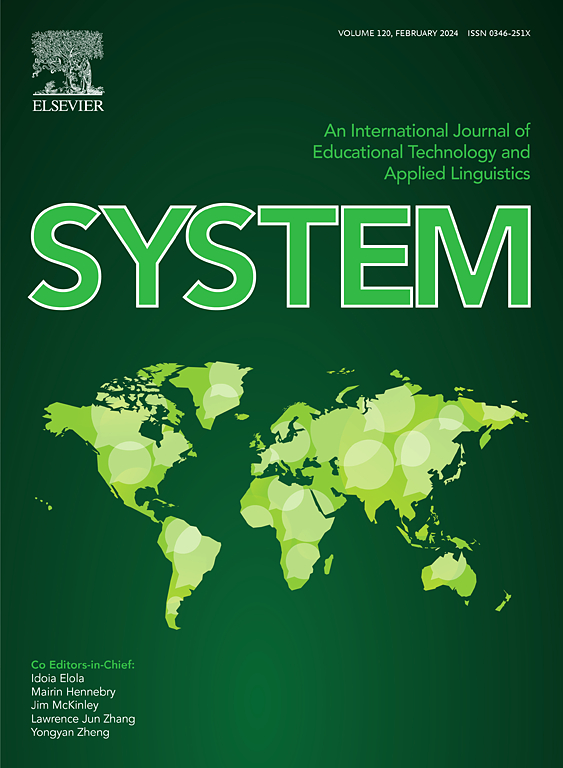枸杞酸和单宁酸对球虫和产气荚膜梭菌的抑制作用:缓解肉鸡坏死性肠炎和改善肠道健康
IF 6.5
1区 农林科学
Q1 Agricultural and Biological Sciences
引用次数: 0
摘要
肉鸡坏死性肠炎(NE)对家禽生产造成重大经济损失。本研究通过体外和体内试验,考察了枸杞酸和单宁酸对球虫、孢子虫和产气荚膜梭菌的抑制作用,并评估了它们对ne攻击肉鸡生长性能和肠道健康的影响。体外实验分为5个处理组:阴性对照(NC)、2 μmol/L双lazuril (DZ)、30 μmol/L单宁酸(UA)、90 μmol/L单宁酸(TA)、15 μmol/L单宁酸+ 45 μmol/L单宁酸(UTA)组。体内试验320只肉鸡,分为4组:PC组(ne -攻毒)、SA组(500 mg/kg盐霉素预混料+ ne -攻毒)、UA组(300 mg/kg usnic + ne -攻毒)和UTA组(300 mg/kg usnic + 500 mg/kg单宁酸+ ne -攻毒)。在体外研究中,与NC组相比,UA、TA和UTA处理显著增加了球虫卵囊和孢子子的凋亡,降低了线粒体膜电位(P < 0.05),破坏了卵囊结构。UA和TA对产气荚膜梭菌均有抑制作用,其中UTA组抑制作用最强。体内结果显示,SA组在第13、21和28天显著提高了生长性能(P < 0.05),而UA和UTA组在第13和21天有改善(P < 0.05)。SA、UA和UTA治疗组肠道病变评分降低28 d,粪球虫卵囊计数降低19 d至21 d (P < 0.05)。与PC组相比,UA组和UTA组肠道sIgA水平和CD8+细胞百分比较低(P < 0.05), CD3+细胞百分比有降低的趋势(P = 0.069)。SA、UA和UTA处理显著降低了血清二胺氧化酶活性、隐窝深度和肠黏膜血小板衍生生长因子水平,增加了绒毛高度与隐窝深度之比和杯状细胞数量(P < 0.05)。UTA处理也显著提高了盲肠中乙酸和丁酸盐浓度(P < 0.05)。肠道菌群方面,SA、UA和UTA组回肠和盲肠β多样性发生显著变化,表明各组间微生物群落组成存在差异。回肠菌群中SA组以Romboutsia为主,UA组以Bacillales为主,UTA组以Lactobacillales和Lachnospirales为主。盲肠菌群中,UTA组乳酸菌、butyriciccoccus和Blautia丰度显著升高(P < 0.05)。枸杞酸和单宁酸通过降低线粒体膜电位诱导球虫和孢子子细胞凋亡。单用和联用单宁酸均可通过调节肠道免疫、改变肠道微生物组成和改善肠道屏障功能来减轻ne对肉仔鸡的不良反应。与单用乌苏尼亚酸相比,乌苏尼亚酸与单宁酸的配伍效果更优,为开发有效的饲料添加剂组合提供了良好的基础。本文章由计算机程序翻译,如有差异,请以英文原文为准。
Usnic acid and tannic acid as inhibitors of coccidia and Clostridium perfringens: alleviating necrotic enteritis and improving intestinal health in broiler chickens
Necrotic enteritis (NE) in broiler chickens leads to significant economic losses in poultry production. This study examined the inhibitory effects of usnic acid and tannic acid on coccidia, sporozoite, and Clostridium perfringens and assessed their influence on growth performance and intestinal health in NE-challenged broilers through in vitro and in vivo experiments. The in vitro experiment included 5 treatment groups: the negative control (NC), 2 μmol/L diclazuril (DZ), 30 μmol/L usnic acid (UA), 90 μmol/L tannic acid (TA), and 15 μmol/L usnic acid + 45 μmol/L tannic acid (UTA) groups. The in vivo experiment involved 320 broilers divided into four groups: PC (NE-challenged), SA (500 mg/kg salinomycin premix + NE-challenged), UA (300 mg/kg usnic acid + NE-challenged), and UTA (300 mg/kg usnic acid + 500 mg/kg tannic acid + NE-challenged) groups. In the in vitro study, the UA, TA, and UTA treatments significantly increased apoptosis in coccidian oocysts and sporozoites, lowered the mitochondrial membrane potential (P < 0.05), and disrupted the oocyst structure compared with those in the NC group. UA and TA had inhibitory effects on C. perfringens, with the strongest inhibition observed in the UTA group. The in vivo results demonstrated that the SA group presented significantly improved growth performance on d 13, 21, and 28 (P < 0.05), whereas the UA and UTA groups presented improvements on d 13 and 21 (P < 0.05). The SA, UA, and UTA treatments reduced the intestinal lesion scores by d 28 and the fecal coccidian oocyst counts from d 19 to 21 (P < 0.05). Compared with the PC group, the UA and UTA groups presented lower intestinal sIgA levels and CD8+ cell percentages (P < 0.05), with a trend toward a reduced CD3+ cell percentage (P = 0.069). The SA, UA, and UTA treatments significantly reduced the serum diamine oxidase activity, crypt depth, and platelet-derived growth factor levels in the intestinal mucosa while increasing the villus height to crypt depth ratio and number of goblet cells (P < 0.05). The UTA treatment also significantly increased the acetate and butyrate concentrations in the cecum (P < 0.05). With respect to the gut microbiota, significant changes in β diversity in the ileum and cecum were observed in the SA, UA, and UTA groups, indicating that the microbial community compositions differed among the groups. Romboutsia dominated the SA group, Bacillales dominated the UA group, and Lactobacillales and Lachnospirales dominated the UTA group in the ileal microbiota. In the cecal microbiota, Lactobacillus, Butyricicoccus, and Blautia abundances were significantly elevated in the UTA group (P < 0.05). Usnic acid and tannic acid induce apoptosis in coccidia and sporozoites by lowering the mitochondrial membrane potential. Both usnic acid alone and in combination with tannic acid alleviate NE-induced adverse effects in broilers by modulating intestinal immunity, altering the microbial composition, and improving intestinal barrier function. Compared with usnic acid alone, the combination of usnic acid and tannic acid had superior effects, providing a promising basis for the development of effective feed additive combinations.
求助全文
通过发布文献求助,成功后即可免费获取论文全文。
去求助
来源期刊

Journal of Animal Science and Biotechnology
AGRICULTURE, DAIRY & ANIMAL SCIENCE-
CiteScore
9.90
自引率
2.90%
发文量
822
审稿时长
17 weeks
期刊介绍:
Journal of Animal Science and Biotechnology is an open access, peer-reviewed journal that encompasses all aspects of animal science and biotechnology. That includes domestic animal production, animal genetics and breeding, animal reproduction and physiology, animal nutrition and biochemistry, feed processing technology and bioevaluation, animal biotechnology, and meat science.
 求助内容:
求助内容: 应助结果提醒方式:
应助结果提醒方式:


